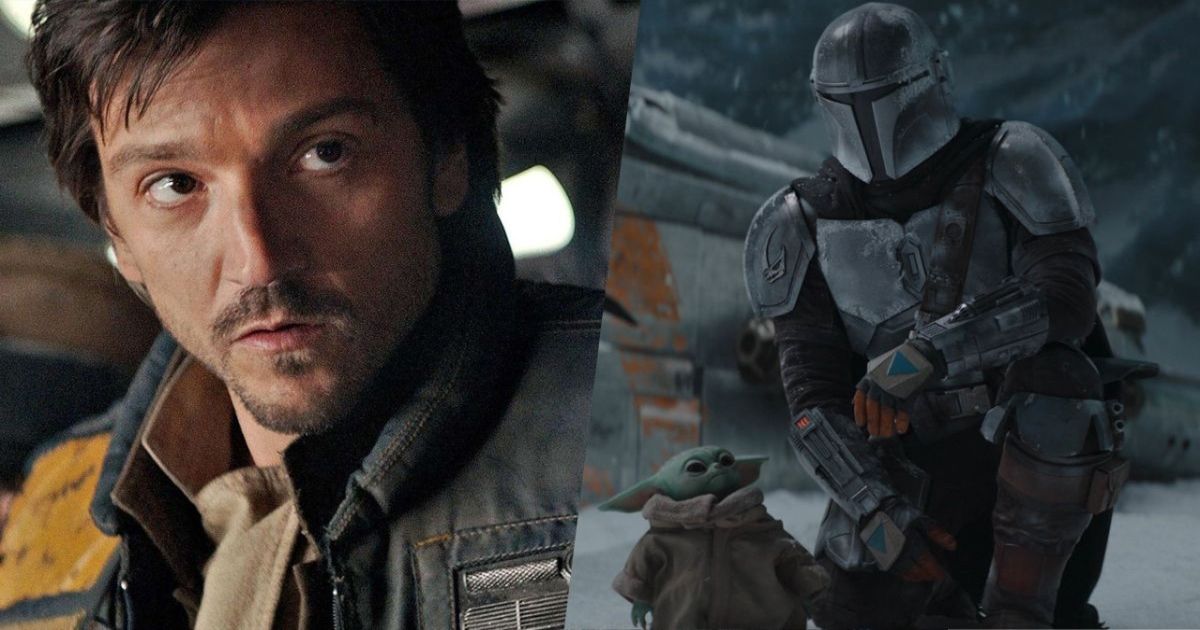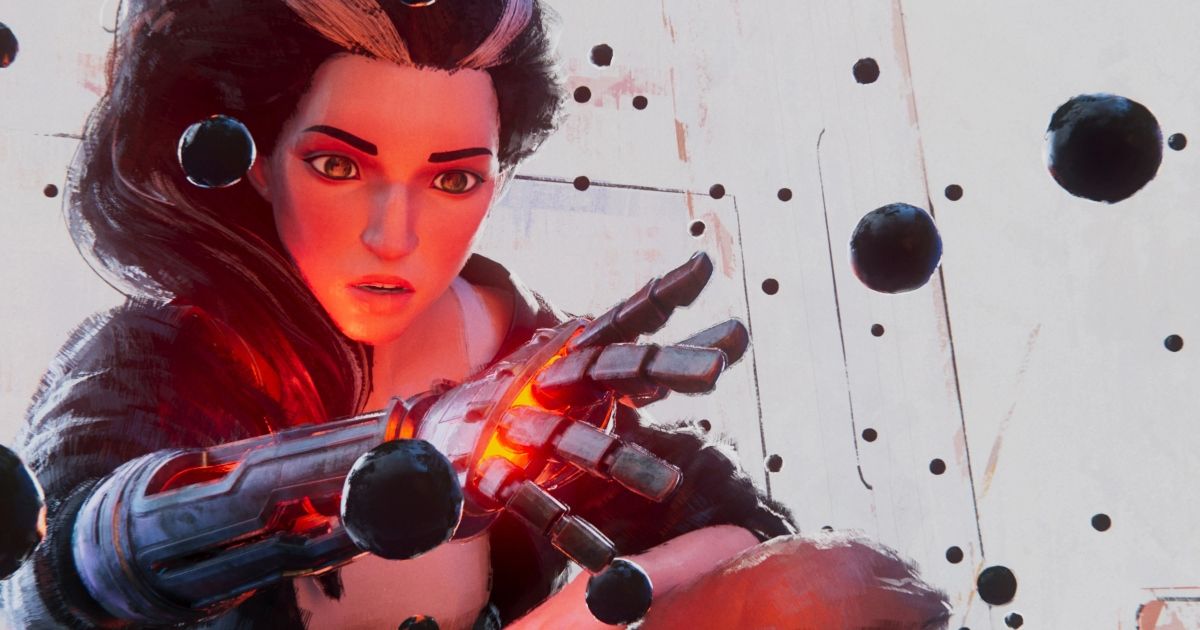Google Star Wars. Just Star Wars, not any movies, shows, or memes. The results include the words “epic,” “space,” and “opera,” in that order. Star Wars is an epic, like the ancient Western epics of old. Epics are simply stories about the extraordinary deeds of extraordinary heroes. In the old epics, the same stories and characters were changed through the different times and storytellers, such as how the Greek poet Homer had a different vision of the legendary hero Odysseus than the Roman poet Virgil did of the same hero.
The famous Roman epic The Aeneid is a re-telling of the older Greek epic The Iliad, adapted for Romans. In Star Wars, Rian Johnson had a different vision of the legendary hero Luke Skywalker in The Last Jedi than J. J. Abrams did in The Rise of Skywalker.
Both films are controversial because of their different visions. Fans have been calling out for them to be officially removed from the canon, forgotten, then remade to fit their expectations, and anyone who thinks otherwise is considered a disgrace to humanity. Even actors in such films are treated horribly, like Kelly Marie Tran and Ahmed Best.
Star Wars suffers from an impossible-to-please (at times downright toxic) fanbase but enjoys a galaxy big enough to fit different interpretations of the same story. With so much varied and incredible content produced over the last fifty years and unlimited potential in future stories, Star Wars should just damn the idea of a strict canon and let the fans decide for themselves what they want in Star Wars.
Consistent Canon Cannot Be Maintained
Star Wars has a messy history regarding what is and what is not considered canon. We’ve all been in a situation where we can’t please everyone, and Star Wars has been stuck in that position for decades. It seems that with every new addition to Star Wars, fans get mad.
Both the Sequel and Prequel trilogies are the best examples of entire generations of fans hating on Star Wars, calling for each to be removed from canon.
After the Original Trilogy, the Star Wars Expanded Universe was a free-for-all sandbox for creators to play in but was disregarded by George Lucas himself when he made the Prequel Trilogy. When Disney demoted almost all pre-2014 content into Legends (non-canon) status, the company declared that ALL future content, from the movies to the comics, would be equally important in the new canon and wouldn’t contradict itself like the old Legends.
Yet, Disney has frequently drawn the old Legends into the new canon and has contradicted its own content so many times now it’s hard to count. The fans themselves have called out for certain stories to be made canon or not, like when many went to Twitter calling Disney to strip The Last Jedi of its canon status, and others calling for the whole Sequel Trilogy to be removed entirely.
We’ve seen that a strict canon just cannot be maintained. The upkeep is too much, and it’s impossible to sustain, and Star Wars has been operating without a consistent canon forever, so removing the idea of canon won’t make much change.
Differences Are Good
Because they are so different, Andor and The Mandalorian prove that different kinds of stories in Star Wars work in the same galaxy. Both are the highest-rated Disney Star Wars projects, but they are not the same whatsoever. The Mandalorian is comedic and campy, following Din Djarin and Grogu, where every episode is an adventure-of-the-week with frequent celebrity cameos-type deals, and acts as a lynchpin of the wider Star Wars universe.
Andor, on the other hand, is mature, dark, and inspiring, totally cut off from the rest of the Star Wars galaxy as we know it, reaching new heights for Star Wars as real prestige television that is one of the best series ever, both in and out of Star Wars. In Andor, we see the slow-burn politics of fascism dramatically rise into the fierce, fiery rebellion of the oppressed. In The Mandalorian, we see Baby Yoda using the Force to sneak some blue snackadoos behind Daddy Mando.
Star Wars is big enough for both shows to accommodate different viewpoints and philosophies. These differences in tone, theme, and story make Star Wars all the better, and a strict canon only stifles creativity and exploration.
No Canon Frees Creators to Tell Good Stories
On this May the Fourth, Star Wars Day, we were treated to another fantastic volume of incredible and beautiful stories in the acclaimed animated series Visions, all from different studios with different cultures, yet all completely disregard any canon so they can tell their own fantastic story, proving that you don’t need a strict canon to tell a good story. Good stories exist in both the old and the canon, neither of which cares too much about canon anyway.
Granted, there must be some consistency to tell any story, so something must be kept unchangeable. It might only be that the main films are canon or only the content that George Lucas created, or it could be anything, but it’ll be treated a lot looser than before. Star Wars will become more of a mythology than a franchise, and it already is, anyway.
Darth Vader and the Force and Baby Yoda and the memes have already so ingrained themselves into the modern culture it wouldn’t make much difference at all.
The argument over canon has been going on for decades, and with such different sides, it’s impossible to map out. History shows that it’s impossible to make a canon to satisfy anyone in Star Wars. So letting the fans decide for themselves will solve so many problems for the company, remove a lot of toxic debate in the fandom, and allow the creators to tell stories without the constraints of canon or pandering to the fanbase.
Removing the idea of a strict canon will free the creators and fanbase to make Star Wars their own and take the franchise even further than ever before.
This story originally appeared on Movieweb



